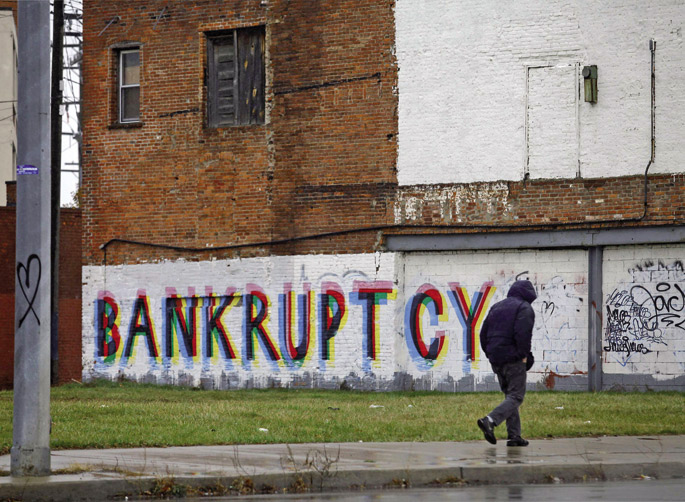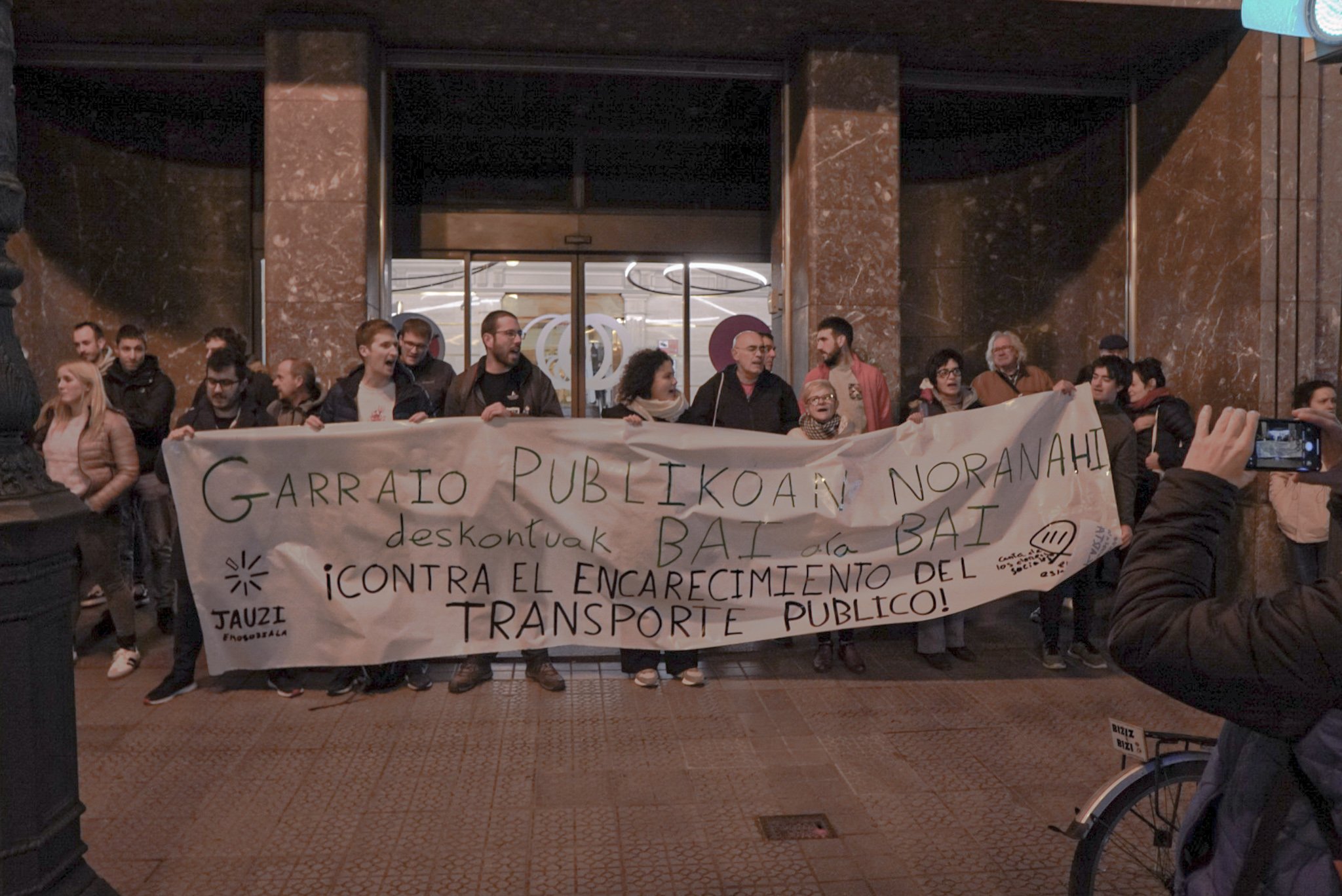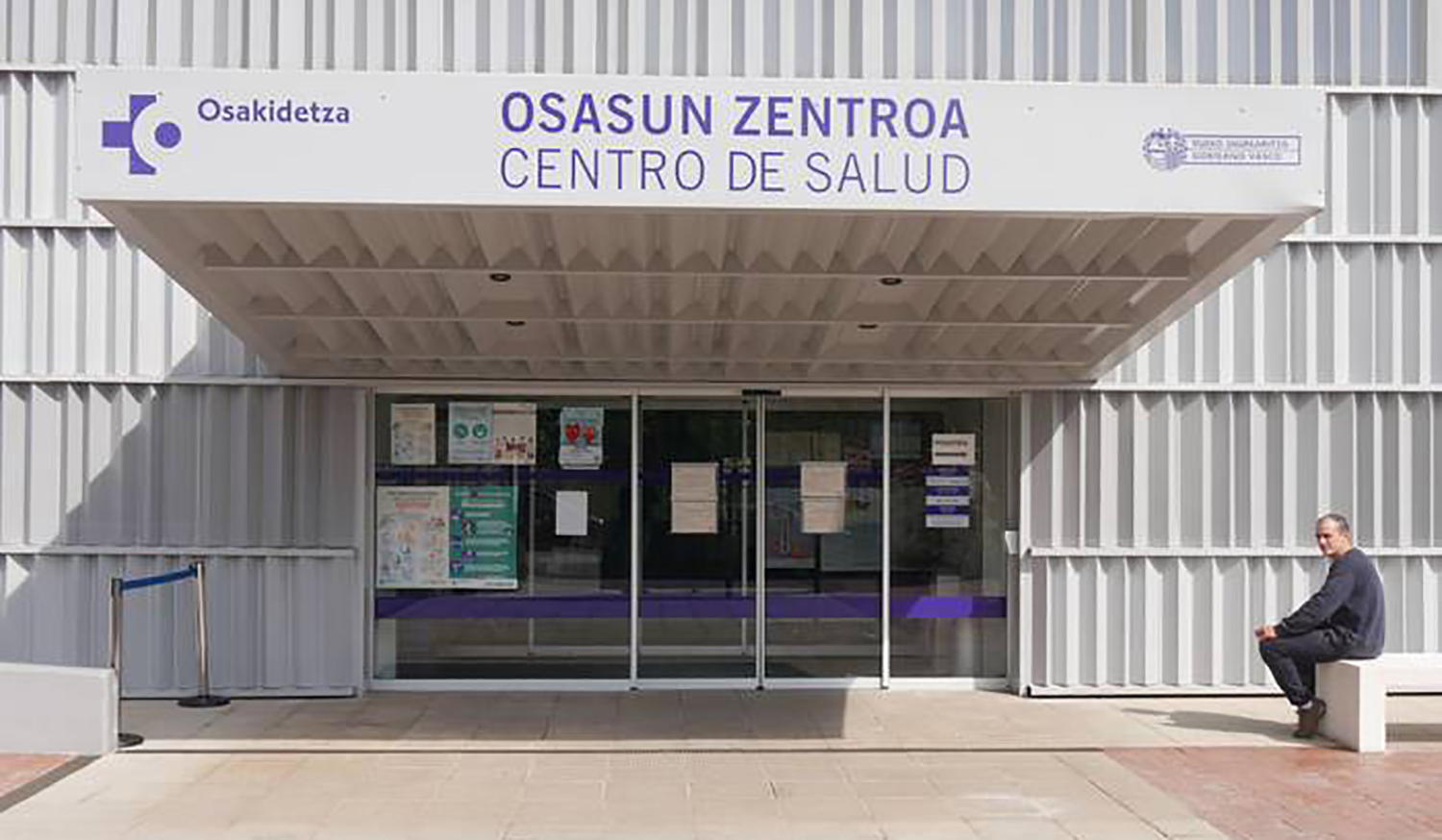Risks 2016: Too cheap oil and mega debt explosion
- We come with bad news: this year will not be the year of recovery. The crisis we have been experiencing since 2008 is beginning to worsen; China’s continuing financial earthquakes and the low cost of raw materials, while oil tankers, are a bad sign. In 2016, the crisis of the huge debt that was wanted to be healed with remiendos eight years ago may explode for the second time.

This 2016 may be the “year of cataclysm”. No catastrophist economist, RBS Royal Bank of Scotland, has told its investors to provide aid. The bags can lose up to 20%, the barrel of oil can be reduced to 16 dollars... “All shares you can sell except quality bonds. When the room is full of people, the exit doors are too small.” Prediction of Panico.
It is true that other experts have considered these alerts excessive: China’s problems have exaggerated the consequences they will have for others, the signs in the overall picture are encouraging, the growth that Germany has achieved for the second consecutive year, etc. But the RBS notes deserve to be known to those Basques who have reassured themselves by having breakfast with disconcerting headlines: “Unemployment in Spain has fallen by half a million people.”
The spark that caused the explosion in 2008 as the sinking of Lehman Brothers can be, according to many finance experts, a wick that makes us explode in 2016. The shipwreck of August last year was arranged in one way or another by the Beijing Government, but the new disasters at the beginning of January show that the situation is not under control.
Andrew Roberts, RBS Credit Officer, writes to customers: “China has started to fall into a big descent and this will become a snowball. The actions and credit have become very dangerous and we are starting to rewrite the reality that the story they told us in the last two years.”
The second of the signals that will mark the year is that of the increase in appropriations. Central banks have injected the money into a very low interest to keep the financial markets alive. But the U.S. Federal Reserve has begun, albeit late and sweetly, to raise interest. The world's finances cannot be left permanently tied to free official credit such as the heroin-handler to the free shoekeeper.
The third indicator is the reduction in the prices of raw materials, especially oil. Oil has gone down wonderfully and it seems that it can go on like this. The RBS expects it to go down to $16, agency Satandard Chartered talks about $10 ... The crisis has brought demand down and sellers want to export it in one way or another, because it is the main source of income for their economies.
At this point, the reader may ask: But weren't we going through Peak Oila and entering the era of fuel reduction? Or what it is: How can the cheap price of oil and raw materials be bad news? In his blog Our Finite World, Gall Tverberg has explained the keys to the removal of products.
Tverberg is very popular with people interested in the energy crisis. He has, of course, worked as an expert in risk analysis for insurance companies. He also does not doubt that we are overcoming the oil summit, he is convinced that the world is reaching its physical limits, but the fact that they have specialized in risk forecasting leads to particular importance for other factors. The level of indebtedness, basically, has been “2016: Oil Limits and the End of the Debt Supercycle ".
Lowering of wages to the detriment of the system
Gall Tverberg wrote that when the oil summit was over we came across the precisely opposite symptoms that we expected. If many of us said that oil and raw materials would go up without interruption, quite the opposite: there is too much oil and prices have fallen below production costs. The same applies to gas, coal, iron and other minerals, and also to many foods.
These raw materials are currently being offered on the market below actual costs, as producers living from their export need money. In addition to the failure of demand due to the major crisis, downstream poor prospects for consumption make raw materials cheaper. In the end, by selling off money at a cheaper price, many raw material industries can go to the bottom.
With a hundred years of history, economic growth has always come hand in hand with increased energy consumption. There is no improvement in productivity without more energy. I mean, more cheap energy. This worked until 1973, when the cost of oil production was below $20 per barrel. But then?
The second mechanism for maintaining growth - debt - was strengthened in the growth of energy. Deferment in payment time. Tverberg believes that the increase in energy and the rise in the level of global indebtedness have occurred in parallel as interest rates have decreased. The point is that indebtedness has its own deadlines and cycles. And here's the world at the end of a great cycle of indebtedness -- Debt Supercycle -- forced to give great relief to accumulated debts and, at the same time, without finding cheap energy that would allow growth to breathe.
Analyzing all the components of the interrelated economic system, Tverberg considers that the decrease in the wages of non-elected workers is another determining factor in this crisis: “With lower wages, these workers are less able to consume everything the system produces. As a result, consumer product surpluses have been detected and then price declines have started. This lowers product prices and increases debt bankruptcies.”
The year 2016 is foreseen by the risk management expert. The problems will get worse, the economy will slow down even further. Alongside China, producers like Brazil, South Africa and Australia will sink into recession. The war on currencies will become tougher.
One of the major problems will be the accumulation of oil, which the warehouses will overflow and oil will fall to $10. The decline in raw materials and consumption will lead to many bankruptcies, particularly among companies living from the exploitation of raw materials, including electricity. Some governments living from oil exports could also fall bankrupt, without being able to square the budgets. A new debt explosion that shakes the financial system, equal to or greater than 2008, can be expected
Cookie Tverberg ends with negative forecasts: “Every economy has a duration, such as humans, animals, plants and storms. Unfortunately, we have had to witness the end of our economy.” But let us reassure ourselves: it has only announced the end of an economic model.
Pazienteek Donostiara joan behar dute arreta jasotzeko. Osasun Bidasoa plataforma herritarrak salatu du itxierak “are gehiago hondatuko” duela eskualdeko osasun publikoa.
PPrekin eta EH Bildurekin negoziazioetan porrot egin ondoren etorri da Ahal Dugurekin adostutako akordioa. Indar politiko honek aitortu duenez, maximalismoak atzean utzi eta errealitateari heldu diote, errenta baxueneko herritarren aldeko akordioa lortuta.















.jpg)









